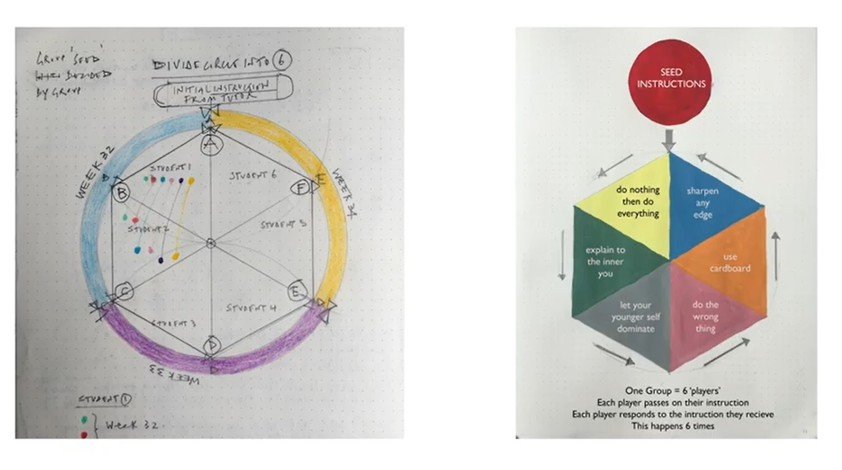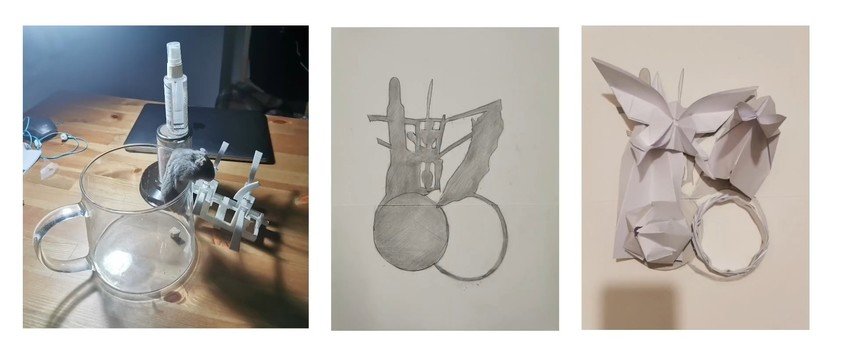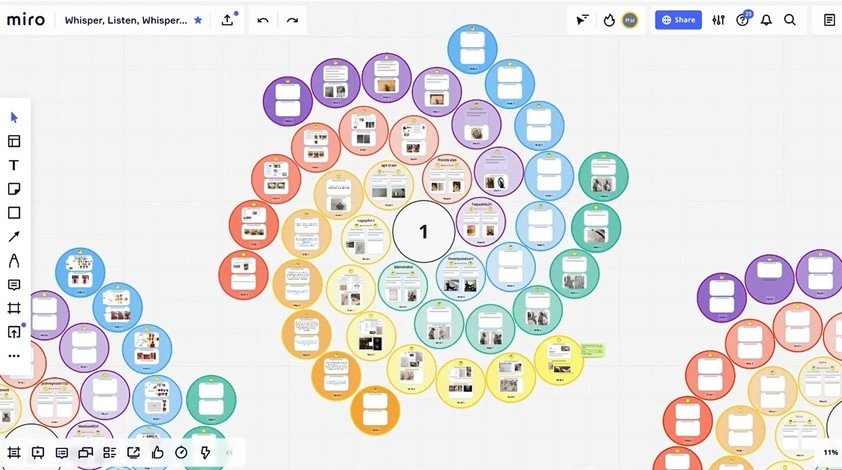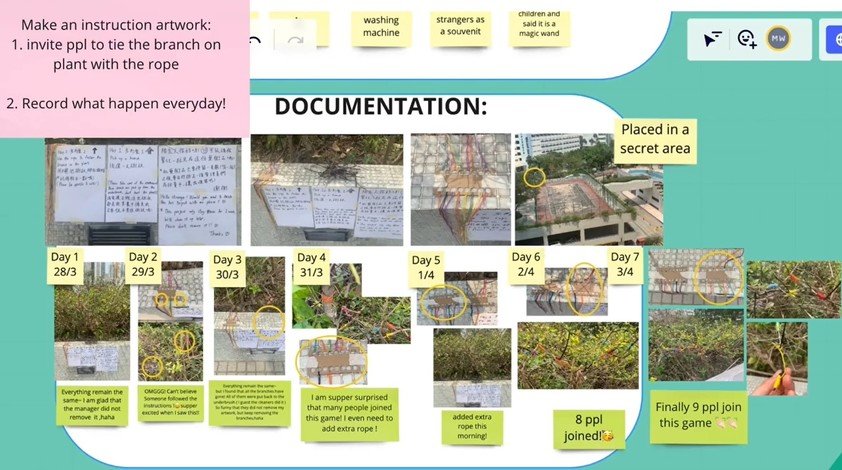discover HKBU
Playfully exploring the creative unknown
24 Dec 2021
For artists and designers, the ability to embrace uncertainty is one of the keys to creativity. In the face of the ongoing pandemic, the notion of uncertainty has also been acutely felt by visual art students around the world amidst lockdowns and restricted access to art studios. To help students turn their feelings of uncertainty into something creative, art educators at HKBU and the Plymouth College of Art (PCA) in the UK devised a collaborative international project that introduced the idea of "not knowing" as a working methodology for artistic practice.
"The idea of 'not knowing' is a critical ingredient in the creative process. We tried to combine this notion with the practice of instructional art, which is a genre of art where you create a series of instructions and the artwork gets made either by you or someone else," says Dr Michael Whittle, Research Assistant Professor of the Academy of Visual Arts (AVA), who co-led the project with Mr Robert Manners, Lecturer at PCA.
In particular, creating a shared experience among students was one essential aspect of the project. "When the project started, first-year printmaking students of PCA in the UK were in lockdown at home, while our third- and fourth-year sculpture students at AVA had access to the studio for only half of the semester," Dr Whittle says. He adds that the project also aimed to link students from different cultures who were experiencing similar levels of disruption to their studies and day-to-day lives, and it also set out to enable the exchange of ideas through working together.
But how can elements of uncertainty be created online? That's where the game Whisper-Listen-Whisper came in.
The project drew inspiration from the children's game of whispering a message into the ear of someone next to you, who then passes this message on. During the process, messages or instructions are inevitably misheard or intentionally subverted. "We taught the students about instructional artworks, then they were asked to write messages in the form of instructions," says Dr Whittle. "We used a set of seed instructions to start the game where students were asked to bind a number of objects together into sculptural constructions. They then had to light the objects to create shadows and make drawings based on the shadows. The idea behind this was to start the students from a space of uncertainty and to avoid preconceptions."
Once the students had completed the seed instructions, they sent the instructions they had written to their group members and received new instructions, which they then had to creatively interpret and respond to by adapting their drawings or projects. "The instructions were passed around anonymously, and in many cases, they were changed by the students on purpose," Dr Whittle says. "But the students really thought outside of the box, and they ended up making different things to what they normally make." By incorporating the elements of unpredictability, chance and surprise, the game was designed to teach students about the value of relinquishing control of their projects, and it also showed them the pleasure, creativity and knowledge that can be found when we embrace uncertainty.
As part of the documentation process, students were encouraged to come up with ideas and share their artistic interpretations at each stage of play by adding images to the virtual whiteboard Miro, where they could follow one another's progress and discuss their ideas and approaches. "A healthy competition developed among the students. Even though they were working remotely on their own, by using technology as a way to communicate, they still felt they were part of the group," says Dr Whittle. He also points out that the project brought together art students with different levels of experience, enabling them to learn from one another and see how much they have progressed and developed.
The game ended after each student had received their original instructions, and an online meeting was then held for the participants to share their experiences and comment on the development of one another's projects. The positive feedback from the students showed that the hybrid learning experience was effective in inspiring the participants to adapt their artistic projects in novel ways while also achieving a collaborative studio culture in a digital setting.
The project was presented at the Digitally Engaged Learning Conference 2021, which was hosted by HKBU in September, and the pedagogical principles could be further developed for use in other creative fields, such as the arts and humanities. Dr Whittle says, "Passing instructions and allowing them to take your work in an unexpected direction can teach students how to be creative in the face of difficulties, and this is actually what artists and creatives are very good at."



